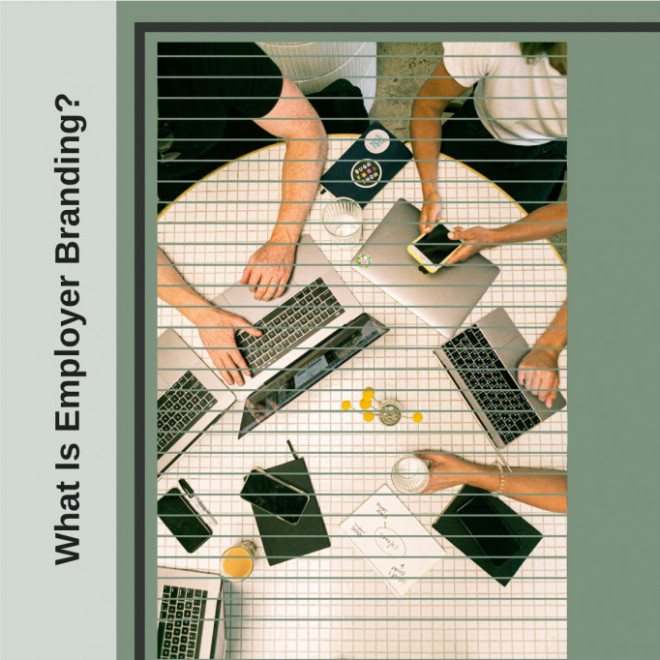What exactly is the employer's brand?
If you want to answer honestly the question about the effectiveness of Employer Branding, you must give a negative answer. Why? So before we start complaining about the effects of activities in the area of EB, it is worth looking at the company comprehensively so as to first identify the problems and address them. If you want to go outside with a clear message, you must first make sure that everything is fine inside. After all, the employer's brand is the sum of many components, among which employees are one of the key elements. In turn, for them the values that guide the company and whether they are the same as those they follow in life are extremely important. You have to ask yourself: "do employees have a sense of impact on what is happening in the organization and the direction it is going?", "Do they have a sense of mission related to the projects being implemented?", "Do they see their future in the organization's structures in the next few years? "
What really attracts candidates is the company's image based on real values. Employees are very happy to share their opinion about the place where they work. Each of them in this way adds a brick to the foundation of the employer's brand. It depends on how we take care of employees' needs whether the company's image will be built on stable foundations or whether it turns out to be fragile like a sand castle.
Employer's external and internal brand
Building an employer's brand is a response to changes related to the consumer world, which expects above all professional and pleasant service as well as two-way communication.
Today's consumer wants to talk to the brand, so companies are looking for people who fully understand these needs, and what's more, they will be fully involved in this type of dialogue with the customer.
The concept of employer external branding is associated with the recruitment of new employees. The goal of these activities is to create an employer brand that is highly attractive to potential, desired employees in the company. When looking for people with exceptional skills and talents, companies must take into account the fact that this type of employees is desired by many companies. Such people can choose proposals, and then one of the main factors influencing their work decisions for your company may be its image and reputation.
On the other hand, we have employees who are already in the company and encouraged by the employer's internal brand. This type of building internal employer branding involves mutual communication between company managers and employees. In this case, it is about employees' understanding of the company's mission and vision, i.e. what value the company offers to consumers.
Various models of employer brand building
Employer branding is the art of building a brand image appropriately. There are three models according to which the employer's brand can be built:
-
outside-in model - this model pays special attention to external factors that can help build the employer's brand. An example is the concept developed by Kirstin Backhaus and Surinder Tikoo. According to them, employer branding activities are the result of simultaneous marketing activities and those in the area of Human Resources. The authors of the model believe that the goal of brand building is to acquire exceptionally talented employees, thanks to which it is possible to gain a competitive advantage of the company. On the other hand, they appreciate employer's brand building from the inside, basing it on a psychological contract, which affects the loyalty of employees towards the brand;
-
inside out - in this concept, all activities are focused on internal factors that build the employer's brand of choice. This is the model according to which the employer's brand is built by its employees, so the biggest job is done here in the area of internal marketing of the company. In this model, employees are treated as external customers and the company makes every effort to satisfy them;
-
corporate brand model - some do not separate the employer's brand from the corporate brand because they think there are many factors that affect the overall brand rating. One of the main concepts describing this model is the one developed by M.J. Hatch and M. Schulz - the concept of VCI. In this case, the main assumption is that companies cannot operate without customers or consumers, because they make them profitable. It is consumers who generate revenue, which is why companies create mission missions that describe how they will present the offer so that it suits their recipients. Then, customers assess whether the brand's promises are fulfilled and in line with previous declarations, and on this basis they build their trust in the company and shape its image.


 Posted on Jun 30, 2020 by Anna
Posted on Jun 30, 2020 by Anna


